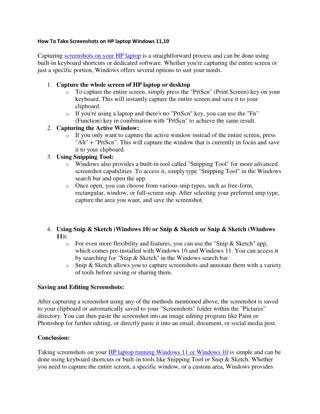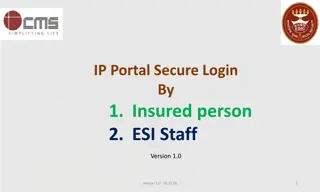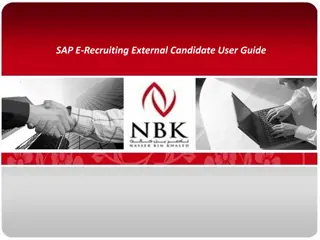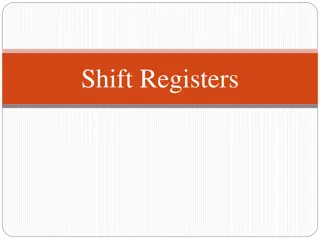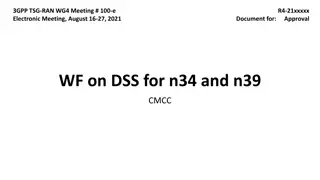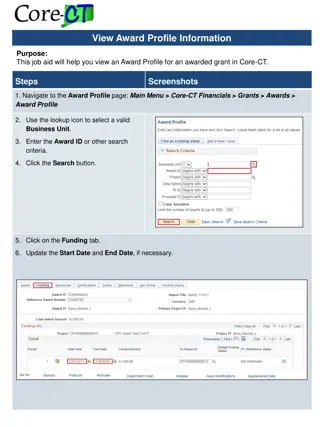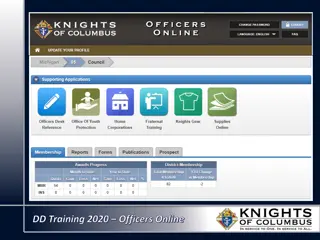Problems with Shift Key in Screenshots
In the provided content, the issue of determining if the shift key is pressed down in screenshots is discussed, along with the causes of the problem and possible design solutions. Various images and topics related to HCI and design principles are touched upon, emphasizing the importance of user mental models in interface design.
Download Presentation

Please find below an Image/Link to download the presentation.
The content on the website is provided AS IS for your information and personal use only. It may not be sold, licensed, or shared on other websites without obtaining consent from the author.If you encounter any issues during the download, it is possible that the publisher has removed the file from their server.
You are allowed to download the files provided on this website for personal or commercial use, subject to the condition that they are used lawfully. All files are the property of their respective owners.
The content on the website is provided AS IS for your information and personal use only. It may not be sold, licensed, or shared on other websites without obtaining consent from the author.
E N D
Presentation Transcript
In which of these two screenshots is the shift key pressed down? What is causing the problem? Possible design solutions? 1 From: Jesse Marlatt
Lessons from the Design of Everyday Things 3 CPSC 481: HCI I Winter 2014 Anthony Tang with acknowledgements to Saul Greenberg, Ehud Sharlin, Joanna McGrenere and Karon MacLean 2
Learning Objectives By the end of the lecture, you should be able to: Describe why mismatches between user model and system model can cause problems Identify three ways that people arrive at/develop their mental models Describe two different kinds of mental models (and discuss the differences between them); discuss pros and cons of each Identify principles in the design of effective system images 3
Conceptual Models "In interacting with the environment, with others, and with the artifacts of technology, people form internal, mental models of themselves and of the things with which they are interacting. These models provide predictive and explanatory power for understanding the interaction." - Don Norman 4
Conceptual Models vs. Conceptual Design Conceptual models: something the user has (or forms) users see and understand the system through mental models users rely on mental models during usage Conceptual design: something the designer does defining the intended mental model (hiding the technology of the system) designing a suitable system image (applying appropriate design guidelines) 5
Conceptual Design A designer s role is to provide a meaningful, useful system image so that a user s model matches the design model User s model Design model User Designer System Image System 6
Some terms Design model: what a designer intends to convey System image: what the user sees the UI, documentation, labels, etc. User s model: the user s mental model developed by the user through interaction with the system i.e. a belief system about the system model 7
Mismatches between users model and system model Sometimes a poor model is fostered deliberately (consider a fridge or the heating system in a house vs. the heating/cooling system in a car) 8
Mismatches between users model and system model Sometimes, it s a representation problem document sizes measured in bytes, not pages or words dates may be in non-standard formats error messages may use system specific codes Other times, it s a the designer is not the user problem (and the design model uses terms/concepts that are non-existent in the user s model) remember the main lesson from day 1: YOU ARE NOT THE USER 9
Where do mental models come from? During system usage: user s own activity leads to a mental model explanatory theory, developed by the user often used to predict the future behaviour of the system Observing others use the system: casual observation of others working asking someone else to do this for me formal training Reading about a system: documentation, help screens, for dummies books This is done by the user (not the designer) 11
Mental models are runnable Includes a notion of causality: doing this will result in this Used for explanation to understand why the system responds as it does Used for prediction to select an appropriate action in a given situation 12
Types of Mental Models Structural: an image of what the system is descriptive of what the system is user may need additional knowledge to actually use it often more powerful/flexible, though harder to use road map: may show a particular type of information, but isn t customized to your particular use of that information Functional: action-based; describes how it is used prescriptive; specific; step-by-step does not assume global or system knowledge easier to use, but not helpful for problem-solving or dealing with the unexpected google directions: great when everything s there; not so great when the road is closed 13
Structural Models what the system is Maps and schematics 14
Structural Models what the system is Object-action models users think in terms of concrete or abstract objects system supports actions on the objects What are some programs that you think of as having objects that act , or that we can act on objects? Unix: files are objects, commands act on them, etc. Powerpoint: text, images, etc. 15
Structural Models what the system is Analogies/metaphors a new system (closely) resembles an old system (usually) intent is to help transfer existing system knowledge e.g. desktop metaphor; spreadsheets 16
Paper by 53 17
Functional Models how the system is used Many kinds of user manuals and step-by-step and howto guides U of C s job aids http://www.ucalgary.ca/hr/system/files/JOR%20Initi ator%20Guide%20-%20Project.pdf 18
Functional Models how the system is used State transition model how most of us think of how phones work (what you see on the right is a representation of that model) changes in state need to be visible, otherwise, this kind of model doesn t form 19
Functional Models how the system is used Functional mapping models users learn a sequence of actions to accomplish tasks mappings need to be rote-learned ; often arbitrary hand-held calculator maps math to key presses; keyboard shortcuts 20
System Image Designers control what the users see (i.e. the system image). That s it. choose a system image to foster a good mental model Some interfaces actually display the system! all objects and actions may be visible at all times e.g. automobile dashboard (system image) that is literal this is your car!* Some principles for designing this system image: currency (up-to-date-ness) is important consistency (contributes to learnability) 21
Where a simple model might be better (to hide system complexity) Many systems have messy low-level details irrelevant to a user s activity full functionality may not be required Example: MS Word has hundreds (thousands?) of commands most users only use a small subset of these users can hide complexity through customization IT admins can provide macro capabilities (bundling low-level commands into a single concept) submit program wizards allow a user to do what s right , skipping details 22
Hiding System Complexity Water faucet the system has independent hot & cold system image provides variable temperature some taps allow separate temperature and volume control both hot & cold and temperature & volume are 2 degrees of freedom Audio-video conferencing link real system model has four independent channels users may consider standard ways of combining these: glance two way video only office share two way audio and video phone two way audio only 23
Lessons from the Design of Everyday Things We ve seen that a lot of things are designed poorly, be it computer interfaces, or physical objects Formally, there is a vocabulary around these concepts that we have discussed perceived affordances visible constraints causality mapping transfer effects idioms & population stereotypes conceptual models individual differences 24
Learning Objectives You should now be able to: Describe why mismatches between user model and system model can cause problems Identify three ways that people arrive at/develop their mental models Describe two different kinds of mental models (and discuss the differences between them); discuss pros and cons of each Identify principles in the design of effective system images 25
P2 hand back liaisons now or Friday? 26






